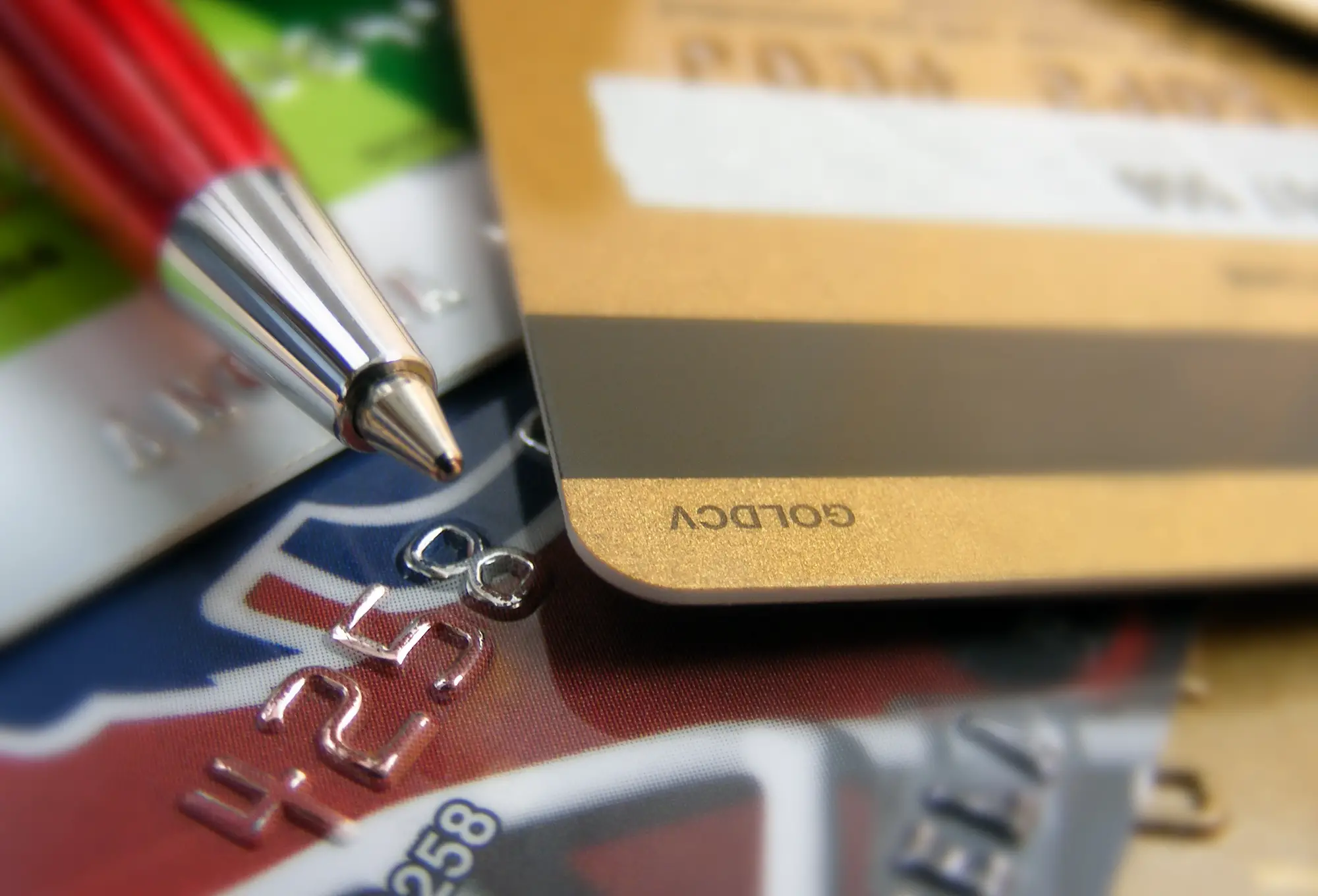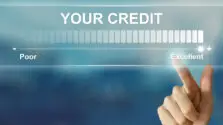Have you been thinking about taking out a loan for a car, mortgage, or other personal expenses? If so, you have probably come across the term credit risk. Credit risk refers to the risk lenders are taking when you borrow money from them.
It is important to learn what your credit risk is, so you can build your credit and get the best loan offers in the market. Read on to learn more about credit risk, how to determine risk, how it affects your loans, and what you can do to improve your credit risk.
About Credit Risk
Every time you borrow money, whether it is taking out a car loan or opening a credit card, there is always a risk that you will not be able to pay back the money to the company you are borrowing it from. The risk that lenders are taking on your loan is your credit risk.
Credit risk is important because it can affect things like your interest rate and the terms of your loan. It can also affect whether you will even qualify for a loan in the first place.
Determining Credit Risk
In the banking industry, your credit risk is determined by what is commonly known as the five C’s. The five C’s are:
· Credit History
· Capacity to repay
· Capital
· Conditions
· Collateral
The first, credit history, simply refers to how you have handled your bills in the past. If you typically pay your bills on time, then your credit history is good. If you have a few missed payments, you are a higher credit risk.
If you are somewhat new to credit, you probably do not have much credit history. There are certain things you can do to build your credit history such as requesting to be an authorized user on a family member’s account. Their account will then show up on your credit report which helps build your history and makes you a lower credit risk.
The second C, capacity, to repay, refers to your ability to repay the loan. This is determined by how much income you earn compared to how much debt you have, or your debt-to-income ratio. The higher your debt-to-income ratio is, the higher your credit risk will be.
The third C, capital, refers to how much money you have. For personal loans, capital consists of things such as checking and savings accounts and other assets.
The fourth C, conditions, in credit risk looks at conditions in the economy, the purpose of the loan and the institution’s ability to lend. The state of the economy is obviously something you cannot control, but it can impact the rate of your loan. It is important to stay informed on what the current rates are, so you are not taken advantage of.
The purpose of the loan simply means why you are borrowing the money. A cause like school expenses is viewed more favorably because it is a set expense which allows you to earn more money in the future. Whereas a loan to redo your apartment is a higher credit risk.
Finally, collateral is an asset that you own and can use for repayment. For example, in a car loan, the collateral is your car. If you do not pay the loan, your car could be repossessed.
Not all loans require collateral. Loans that do, such as mortgages and car loans, are secure loans. Loans that do not require collateral are unsecure loans. If you are a high credit risk, you may not qualify for an unsecure loan.
How Credit Risk affects Your Loan
In processing a loan, creditors go through a process called risk-based pricing. This process occurs after the loan approval, so if your credit risk is low enough for approval, it can still affect the outcome of the loan. This is because the loan is priced according to the risk the company believes you are bringing to it.
There are several factors that go into risk-based pricing of a credit product. One major factor is the interest rate. People with a high credit risk receive a higher rate offer. This costs you a lot of money in the long run.
A high credit risk also affects the type of loan you are offered. Someone with a low credit risk might be offered an unsecure loan, which means they will not need to put down any collateral. While someone who is a higher risk may need to provide some collateral.
Credit risk will also affect how much money you need to provide for a down payment and how high of a credit limit you are offered. Considering so many factors are affected by your credit risk, it makes sense to pay attention to your risk and take steps to improve it if necessary.
Assessing Your Credit Risk
The first step in assessing your credit risk is to obtain a copy of your credit reports. The three main, credit reporting agencies are Equifax, Experian and Trans Union. You can obtain a free copy of each of these reports online on an annual basis.
Your credit score, frequently called a FICO score, can range between 300 and 850. The average FICO credit score in the United States was 710 for 2020. Anything over 700 is a good score and thus a low credit risk.
A FICO score between 300 and 579 is a poor score, and a score between 580 and 669 is a fair score. The lower you fall in this range, the great your credit risk is.
In addition to checking your FICO score, you will also want to look at any items that may be adversely affecting your score. Outstanding payments and high loan balances are two of the biggest factors in driving down your score.
You may also notice some incorrect or unfair claims on your credit report. If you do and you feel they are adversely affecting your score, it is time to reach out to the credit reporting agencies individually and dispute the claims.
It is possible to have discrepancies removed from your credit report on your own. However, it can be a daunting task, especially if there are several discrepancies across all three credit reporting agencies. If this seems too overwhelming for you, it might be time to consult a credit management service.
Managing Your Credit
If you are not already doing so, the first step in taking charge of your credit is to pay your bills on time. If you have several bills with different due dates, you can call the companies and request to change the due dates, so they coincide and are easier to manage.
You can also set up automatic payments through your checking account or individual credit accounts. If the thought of an overdrawn checking account worries you, set up the payments for the minimum amount and then pay extra. This way you will avoid late fees and negative marks on your credit report.
In addition to credit accounts, overdue utility bills, cell phone bills and even medical bills will show up on your credit report. These types of bills only show up on your report if they are past due, so it is important to keep track of all of your bills.
Managing your credit is not only important to improving your credit risk. If you are applying for a job, potential employers also have the right to view your credit report. You could potentially be turned down for a job if you do not take care of your credit.
Improving Your Credit Risk
Improving your credit risk is imperative to building good credit. The best way to improve your credit is to pay down some of your larger balances. As a general rule, try not to use more than 30 percent of your credit limit on any given card or line of credit. If you have cards that are close to the credit limit, you will want to pay them down first.
If you have several cards that are maxed out or right at the limit, you will need to come up with a budget and stick to it. Making minimum payments across the board on several cards will not get you out of debt or improve your credit risk. In most cases, the minimum payment is just enough to cover the interest charges for that month.
The best method to tackle multiple credit cards is to focus on one card at a time. You obviously must make payments on all of them but choose the same card every month to pay as much extra money as you can until the balance is paid and then move on to another card.
Building Your Credit History
There are several things you can do to help build your credit history and lower your credit risk. First, keep older accounts open even if you are no longer using them. The only time you should not do this is if there are fees associated with them.
Keeping old accounts open with no balance helps your credit in two ways. It increases your credit history, and it improves your debt-to-income ratio.
Experian Boost is a relatively new tool designed to help people who do not have a lot of credit history. It reports on items such as cell phone bills, utility bills, and even streaming services so you can get credit for paying these services on time.
Another way to build your credit is to look for a secure loan or line of credit if you can do so. The interest rate on a secure loan will be lower because you are providing the lender with collateral, and it will help you build your credit history.
If you plan to apply for additional credit, space out your applications by six months or so. Every time you apply for new credit, a credit inquiry appears on your credit report, and it can adversely affect your FICO score. Too many inquiries in a short period of time are also a red flag that could increase your credit risk.
Getting Help
Sometimes problems arise and debt spirals out of control. It can be difficult to stay on top of everything on your own. Fortunately, there are companies that can help.
Credit management services offer free credit consultation, credit monitoring services, and personal credit mentors to help get you back on track. A reputable service will have trained staff that can remove late payments and even bankruptcies in a matter of weeks. They will contact your lenders on your behalf, so you do not have to deal with the aggravation.
There is usually an up-front fee associated with these services, so look for a company that offers a money-back guarantee. This way you know you will be satisfied.
Even though you do have to pay for a credit management company, they often save you time and money in the long run. Their trained professionals are adept at negotiating lower interest rates and fees so you can pay down your debt in a timely fashion.
Taking Charge of your Credit
Now that you know more about your credit risk, it is time to take charge of your credit. Doing so will save you a lot of time and money in interest rates and bank fees in the long run.




